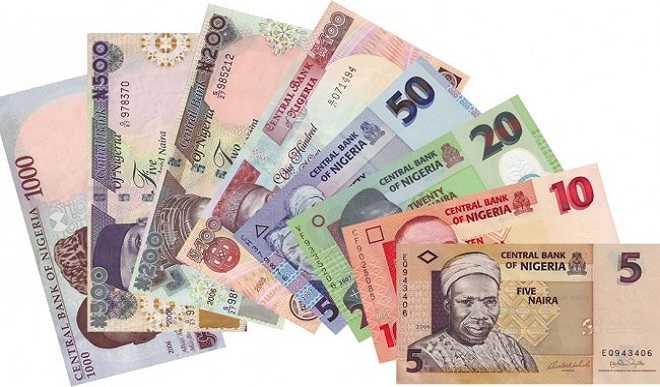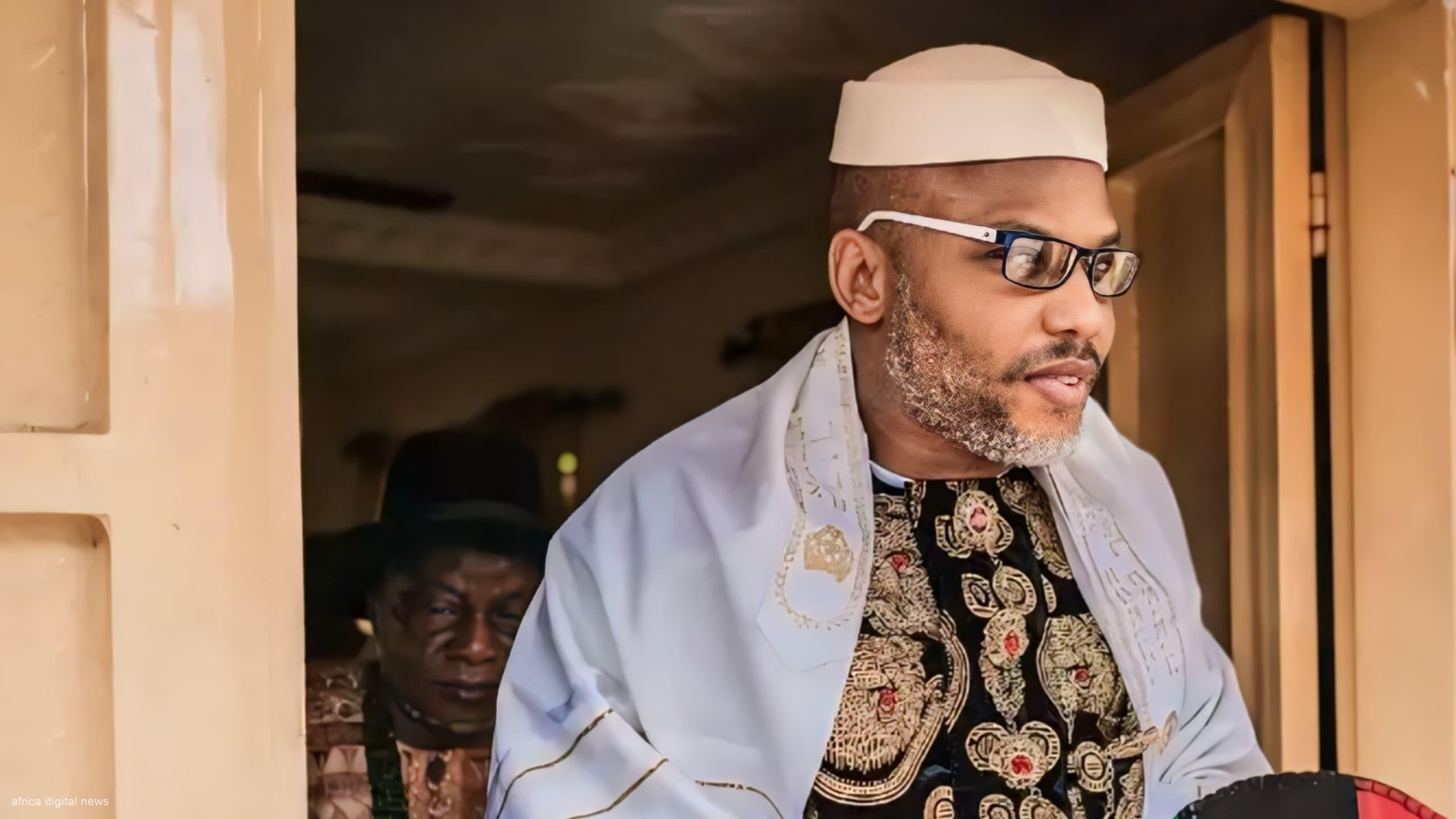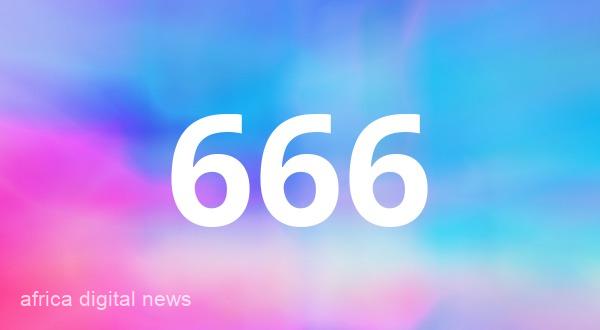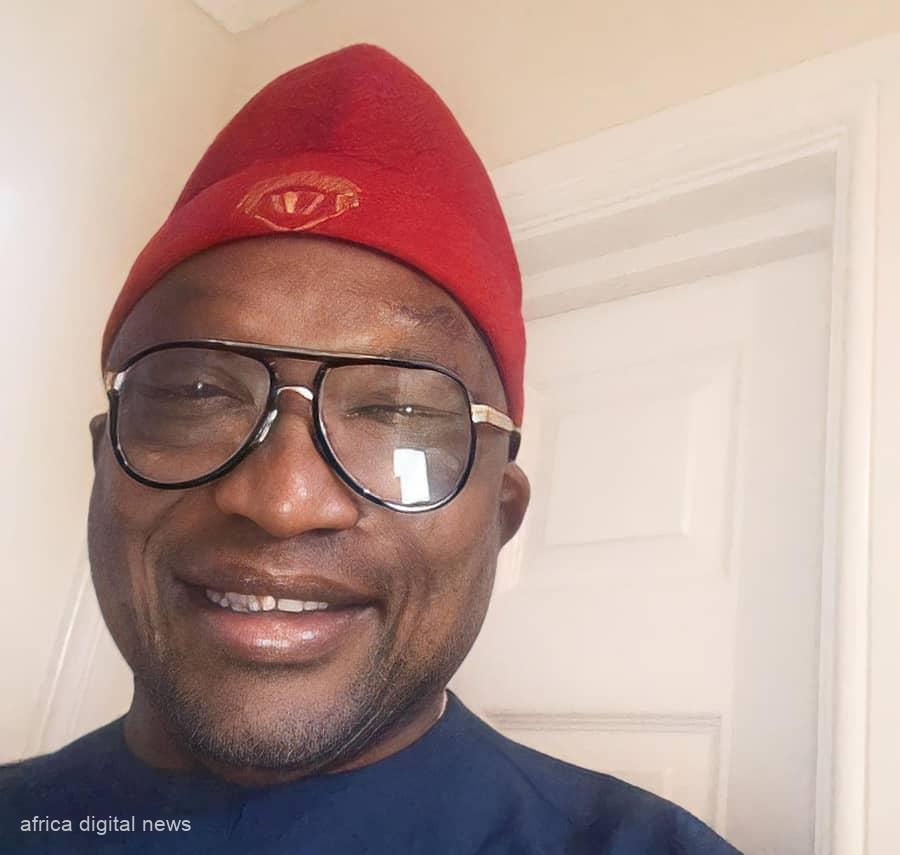Nigeria used to be one of the best economic heavyweights of West Africa but now, she faces huge, and devastating economic challenges. Approximately two-thirds of her people live in poverty, her economy suffers from low productivity, an uneven climate for trade, and investment. Until recently, oil-rich Nigeria has not been a good place to make products or grow crops because she didn’t have to be—the country simply imported what she needed. But times are changing for Africa’s most populous Nation-State.
Around June 2018, Nigeria overtook India, a country with seven times her population, at the bottom of the table. Put in another context, if poor Nigerians were a country, she would be more populous than Germany. Almost six people in Nigeria fall into this trap every minute. Extreme poverty statistics have always been controversial. A number of countries and experts disagree with the way it is measured in monetary terms – the World Bank’s $1.90 earnings-per-day benchmark. But no matter what the arguments might be, at the root of poverty lies the deprivation of people’s access to basic necessities such as food, healthcare and sanitation, education and assets.
Thanks to an 80-per cent devaluation of her currency—the naira, Nigeria stands on the doorstep of economic disaster and a monetary apocalypse. Nigeria’s economic potential is constrained by many structural issues, including inadequate infrastructure, tariff and non-tariff barriers to trade, obstacles to investment, lack of confidence in currency valuation, and limited foreign exchange capacity.
Despite her rapid growth in GPD, Nigeria is a country with a significant inequality gap. Wealth is typically found in the Southern part of the country, in and around Lagos. However, the North is exceptionally poor. Almost half of Nigeria’s population live on less than US$1 per day. According to Oxfam in 2020.
Read Also: The Implication Of COVID-19 On The Nigerian Economy
The combined wealth of Nigeria’s five richest men – $59.9 billion – could end extreme poverty at a national level yet 5 million face hunger. More than 112 million people are living in poverty in Nigeria, yet the country’s richest man would have to spend $1 million a day for 42 years to exhaust his fortune.’ It is completely sad and deplorable that Nigeria’s case has worsened over time especially with this present administration of President Muhammadu Buhari where it dropped to an unenviable -41%.
The only solution to Nigeria’s present predicament would be to bring back the era of economic decimalisation, a form of monetary or financial redecimalisation. Decimalisation in this term refers to a system of monetary exchange in which each coin or note is either a tenth of or ten times another in value. This method of currency exchange was actually introduced by the Europeans in the 1800s and it was adopted by the British on the 15th of February 1971. The then British Government made it in such a way that they abandoned the old system which was nicknamed ‘metrication’, which had been in place for hundreds of years, where they had 12 pence in a shilling and 20 shillings, or 240 pence, in a pound. The new decimalisation saw that 1pound sterling equalled a hundred pences and other currency denominations.
This would make more sense in Nigeria’s current system of economics and monetary exchange as a decimalisation exchange would suit the economy better and create a stronger international currency system thus preventing the Naira from getting grossly devalued. The Nigerian Naira has really suffered through the times and it is unfortunate that the Nigerian Government has done nothing to help its growth. During the pre-colonial era, different cultures used a variety of items as means of exchange. These included cowries, manilas, beads, bottles and salt amongst others. The first major currency issue in Nigeria was undertaken sequel to the colonial ordinance of 1880 which introduced the Shillings and Pence as the legal tender currency in British West Africa.
The units of coins managed by the Bank of England were one shilling, one penny, 1/2 penny and 1/10 penny and were distributed by a private bank, the Bank for British West Africa till 1912. From 1912 to 1959, the West African Currency Board (WACB) issued the first set of banknotes and coins in Nigeria, Ghana, Sierra Leone and the Gambia. The highest banknote denomination was one pound, while the one shilling coin was the highest coin denomination. On 1st July, 1959 the Central Bank of Nigeria (CBN) issued Nigerian currency banknotes, while the WACB-issued banknotes and coins were withdrawn. It was not until 1st July, 1962 that the currency was changed to reflect the country’s republican status. The banknotes which bore the inscription, ’FEDERATION OF NIGERIA‘, now had, ‘FEDERAL REPUBLIC OF NIGERIA’, inscribed at the top. The notes were again changed in 1968 following the misuse of the currency banknotes during the civil war.
Nigeria first took a shot at decimalisation when the Yakubu Gowon administration introduced a change from metrication to decimalisation, the name of the Nigerian currency was changed in January, 1973. The major unit of currency which used to be £1 ceased to exist and the one naira which was equivalent to ten shillings became the major unit, while the minor unit was called the kobo; hundred of which made one naira. On 11th February 1977, a new banknote with the value of twenty naira (₦20) was issued. It was the highest denomination introduced at the time as a result of the growth of the economy; the preference for cash transactions and the need for convenience. The banknote was the first in Nigeria to bear the portrait of a prominent Nigerian citizen, the late Head of State, General Murtala Ramat Muhammed (1938-1976) who was the torch bearer of the Nigerian Revolution in July, 1975. The note was issued on the 1st anniversary of his assassination as a fitting tribute to a most illustrious son of Nigeria. He was declared a national hero on 1st October 1978. On 2nd July, 1979, new currency banknotes of three denominations, namely ₦1, ₦5 and ₦10 were introduced. These notes were of the same size i.e. 151 X 78 mm as the ₦20 note issued on 11th February, 1977. In order to facilitate identification, distinctive colours were used for the various denominations. The notes bore the portraits of three eminent Nigerians, who were declared national heroes on 1st October, 1978. The engravings at the back of the notes reflected various cultural aspects of the country. In April 1984, the colours of all the banknotes in circulation were changed with the exception of the 50 Kobo banknote to arrest the currency trafficking prevalent at the time. In 1991, the 50K and ₦1 were both coined.
In response to the expansion in economic activities and to facilitate an efficient payments system, the ₦100, ₦200, ₦500 and ₦1000 banknotes were introduced in December 1999, November 2000, April 2001 and October 2005 respectively. On 28th February, 2007, as part of the economic reforms, ₦20 was issued for the first time in polymer substrate, while the ₦50, ₦10 and ₦5 banknotes; as well as ₦1 and 50K coins were reissued in new designs, and the ₦2 coin was introduced. On 30th September, 2009 the redesigned ₦50, ₦10 and ₦5 banknotes were converted to polymer substrate following the successful performance of the ₦20 (polymer) banknote. Thus, all lower denomination banknotes were now printed in the polymer substrate. Finally, the CBN, as part of its contribution towards the celebration of the nation’s 50th anniversary of Nigeria’s Independence and 100 years of its existence as a nation, issued the ₦50 Commemorative polymer banknote on 29th September, 2010; and the ₦100 Commemorative banknote on 19th December, 2014 respectively.
Redecimalisation of the Nigerian Naira would help greatly in the import and export sector. Nearly everything used in Nigeria is imported. From household materials, office equipment, Building materials, clothing and wears, raw materials for production and so on. The Federal government must not only minimize importation but must inform the citizens the benefit of it to the growth of the Nigeria economy. It will assist in Foreign reserve revenue growth and strengthen the naira against any foreign currencies like dollars, Pound Sterling and Euro with other foreign currencies.
It will also help in the trading and exchange of Agricultural goods and services within and outside the country. Small scale businesses, financial and technical support would also be supported with the redecimalisation of the Nigerian Naira. The manufacturing sector and the Information Technology sector would also be affected positively too and there would be a significant development in Human capacity development. This would now pave the way for the influx of foreign investors and marketers who would want to delve into the growing Nigerian economy.
This would only be possible if the present Nigerian Government would shed its myopic ways to embrace the better concept of the redecimalisation of the Nigerian Naira. Unfortunately, the illitaerates and greedy sycophants who make up the present Government would rather see it as a leeway to embezzle and further sink the country’s economy.
AFRICA DAILY NEWS, NEW YORK










